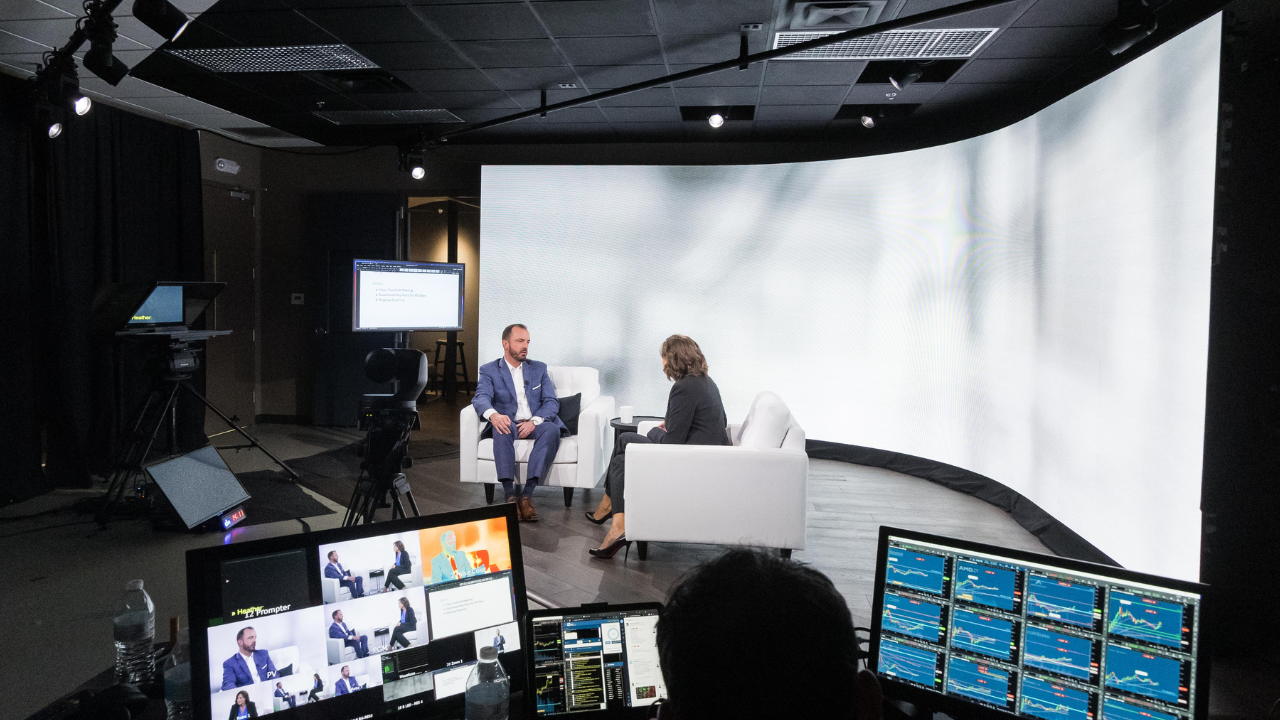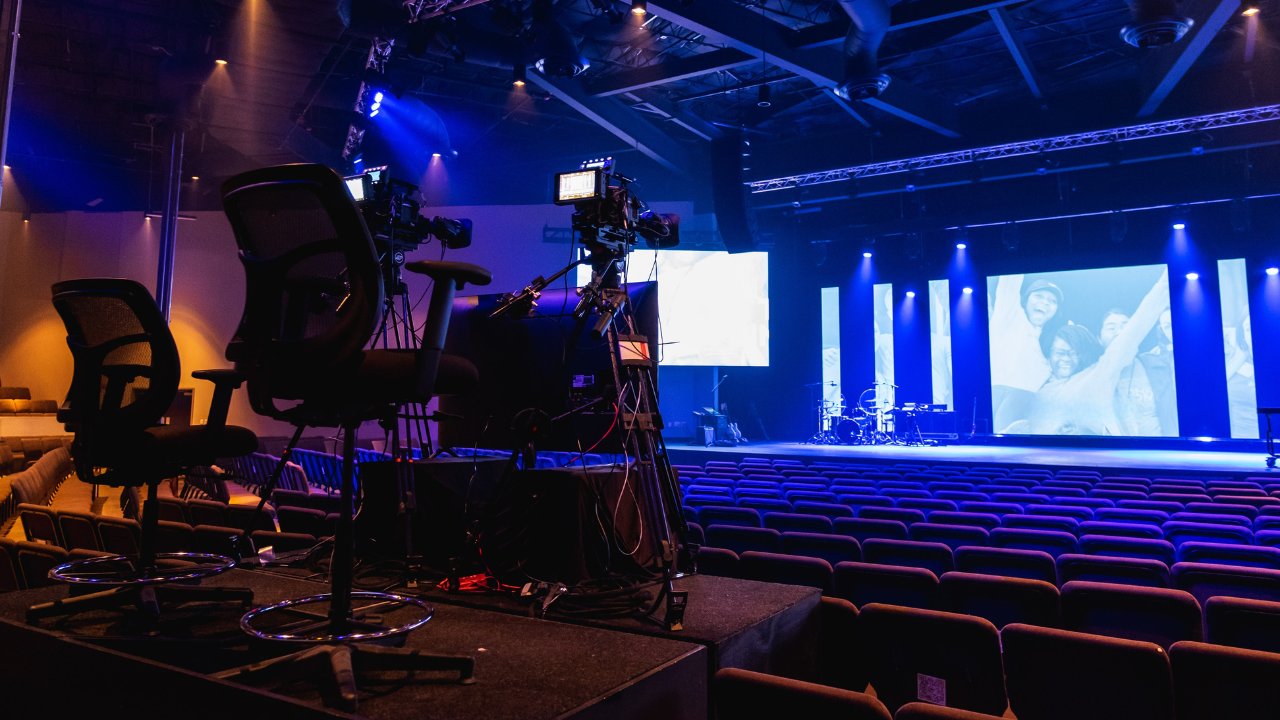Planning Your Church Sound Booth Location
Published on: Tuesday, June 14, 2022 - 7:00am

What is the absolute best location for your church sound booth?
People have some very strong opinions on where a church sound booth should go. And while there are some straightforward principles to follow for choosing the best location, there’s a little more wiggle room than you might expect.
Below are some principles for positioning your church sound booth, determining if a control room is appropriate or necessary, and identifying where you can be flexible and still achieve excellent results.
Why Is the Church Sound Booth Location Important?
Traditionally, the church sound booth is where the sound engineer mixes audio. The location is important because he needs to hear what everyone in the main room is hearing or he can’t mix appropriately for the audience.
If he’s behind glass in a separate room, for example, he’ll mix for what he hears in that isolated room, which isn’t the same as the sound the congregation or attendees hear. The engineer can only mix well for the room he’s in.
Today, the church sound booth can act as a hub for anything from sound mixing to full control of all video, audio, and lighting systems. But location is still paramount for sound mixing.
What Is the Ideal Church Sound Booth Location?
The ideal location for the church sound booth is the center of the room.
Pay attention to the word ideal, though. It’s easy to get hung up on what’s ideal, but ideal isn’t always practical. The center of the room being ideal doesn’t mean you can’t achieve a great mix from a booth that’s slightly forward, back, or offset to the side.
Again, the core concept is simple: The sound mixer needs to be within the primary environment they’re mixing audio for.

As long as your audio system is designed and deployed well, giving you good intelligibility and even coverage throughout the space, and as long as appropriate acoustic treatment is used when a booth is located immediately in front of or adjacent to walls, you do have some flexibility in the placement of your church sound booth. Your mix engineer will still be within the context of the space and within the primary pattern of the sound system. And you’ll still have the benefit of a well-placed church sound booth.
Complications With a Centrally Located Church Sound Booth
People run into many obstacles that prevent them from locating their church sound booth in the dead center of the floor. Below are some of the more common reasons.
Aesthetics. If you want a center aisle in your main room, then a church sound booth parked right in the middle won’t work. This might mean your booth needs to move off-center 10 or 20 feet, but a proper design will counter many ill effects.
Other systems. There are many potential technology system conflicts that may cause complications; one example is camera systems. Sometimes camera positions might take precedence in the center, displacing your sound booth a little.
Architecture. Whether there’s stadium seating in the back, flat or sloped floors, or architecture in the space, the layout of the sanctuary will impact the decision of where to put the sound booth.
When Do You Need a Separate Control Room?
Although a separate control room isn’t always necessary, it may be wise or even required for churches that aspire to produce high-tech services or have a large team of operators.
The church sound booth is not a control room, but it can sometimes function as one in smaller settings. This is especially true when there’s not enough square footage or budget to create a secondary control room location.
In most other situations, however, if your church is investing heavily into the operation and production side of services, you’ll want a separate sound booth and control room. So in these cases, what else can go into the sound booth?
Lighting control is the most common addition for your church sound booth. Unlike broadcast video or large video systems, lighting systems require less staff to run, so audio and lighting typically fit together easily in front-of-house. And as with sound, central in-room placement allows lighting technicians to see exactly what’s happening in the room and adjust accordingly.
Having audio and lighting in the church sound booth is often very effective and efficient. Video is a little more complicated.
Video systems tend to be the most staff-intensive. You may have one audio guy, one lighting guy, and their assistants, but you might have six or seven people just for video. And those people have to be in constant communication to coordinate shots throughout the service or event.
This crowded space — and the accompanying necessary communication — can be distracting to the congregation while they’re trying to focus, worship, or participate. This is reason enough to relocate video operators to their own isolated control room.
One or two video operators may fit in the church sound booth just fine, especially if they’re using simple video systems that are mostly presentation video with graphics and in-room playback. But when video requirements go beyond that, look for opportunities to move video to a separate control room.
Sound Booth Flexibility
In order to mix sound well, technicians simply need to be in the primary environment, experiencing the same sound as the audience. While we don’t disagree that a central location is ideal for the church sound booth, we want you to know that you have some flexibility. Don’t get hung up on the ideal, especially if you have a well-designed system and room.



